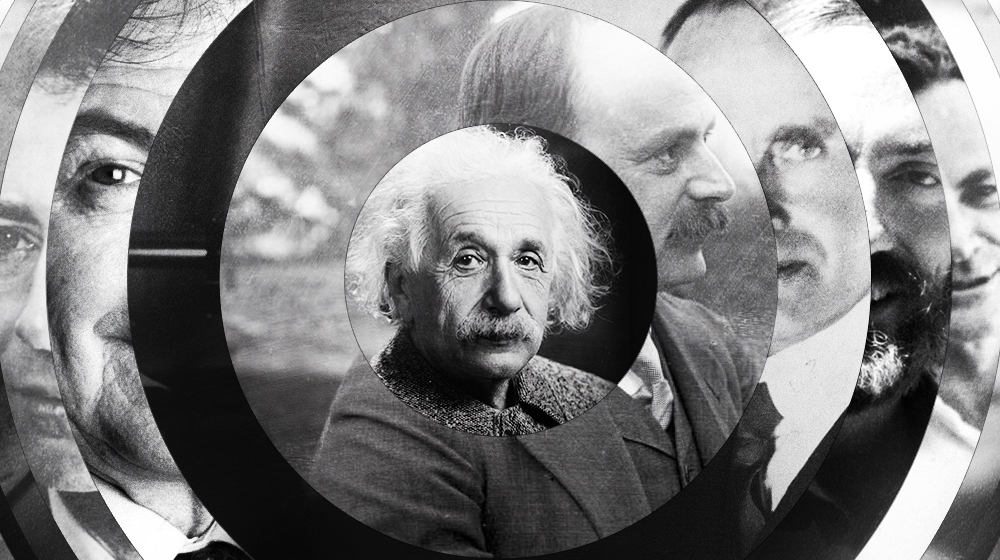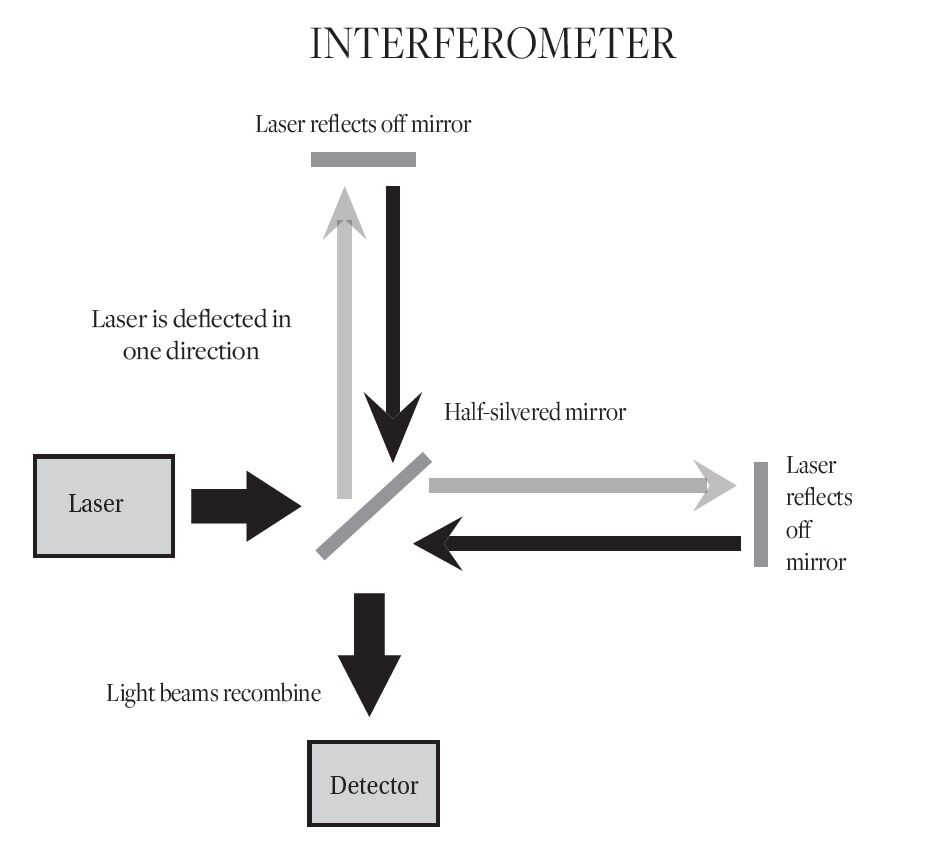The billion dollar bet
On the confi rmation of Einstein’s gravitational waves
For centuries, our ancestors have looked up at the stars in wonder of what lies above. We could only see visible light, a fraction of the spectrum, and a fraction of what was there. Light can behave like a wave, and all waves need a medium through which to cultivate; for light, that is the electromagnetic medium. For the past two centuries, astronomy has had one underlying goal: to expand the portion of the spectrum that can be observed and to then see more than just visible light. In the past year, the prospects of the theory of gravitational waves, which underlies this goal, has finally been confirmed (see figure).
The discovery has been nearly a century in the making, beginning with the gravitational waves first suggested by Einstein’s Theory of General Relativity, which postulates that time and space form the fabric of reality, and that gravity molds it. Think about space as a sheet of fabric, then imagine dropping a ball onto this outstretched sheet. What you get is a well with the ball at the bottom of it. This is an example of how gravity shapes space, and describes gravitational wells that every object contains. The theory states that gravitational waves come from a violent interaction between gravitational wells, which also causes ripples in space-time. The question then became how to detect these waves.
In order to detect them, scientists aimed to observe a violent interaction between massive objects—their answer lay in black holes. This could be done by observing the interference patterns of the gravitational waves for which there was already a method: the interferometer. It works by shooting a laser into a beam splitter which splits the light in two directions. It is then reflected by a mirror and finally recombined where it hits a detector. If there is a gravitational wave, the waves will recombine at different times due to the change in space, so the distance for one beam is lengthened (see figure).
The challenge now was building a detector with a large enough interferometer, and funding the project. This was the birth of the Laser Interferometer Gravitational Waves Observatory (LIGO) project, the largest project ever funded in the history of the National Science Foundation. Since its construction in 1992, LIGO has cost over a billion dollars to run. Spread across opposite ends of the United States, with one site in Hanford, Washington and the other in Livingston, Louisiana, each site employs five interferometers, some over two kilometres long.
Over the course of almost three decades, the project has seen several false positives due to external vibrations caused by trains, for example. This resulted in several upgrades, the most recent named Advanced LIGO in 2010. Furthermore, LIGO has served as an inspiration to the rest of the scientific community with similar detectors built in Europe and Australia, and others under construction in India and China. This has helped expand the global reach of gravitational wave detectors and allowed for full coverage of the entire planet.
Last year, something incredible was observed: a violent collision between two black holes, one 36 times the mass of our sun, and the other 29. The final black hole formed from the collision was over 62 times the mass of our sun, emitted gravitational waves with three solar masses worth of energy, and amplitude that’s a million times smaller than a proton. This was the first observation of gravitational waves and black holes merging. With the official announcement of this discovery on Feb 11th 2016, we can look up at the stars again, and wonder even more than before with high prospects for success.
Images courtesy of Tess King and Google Images

